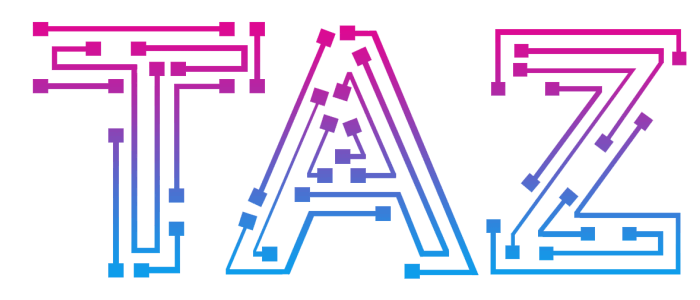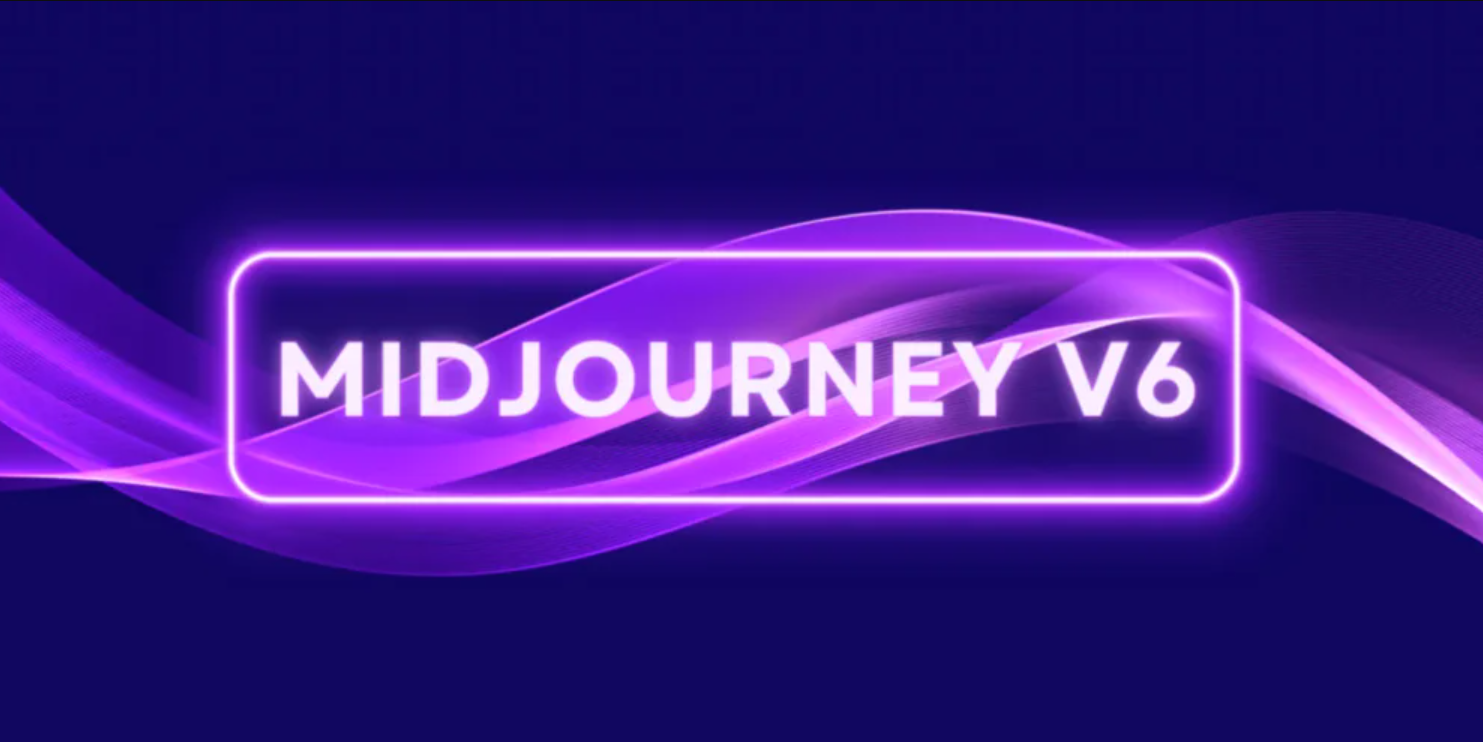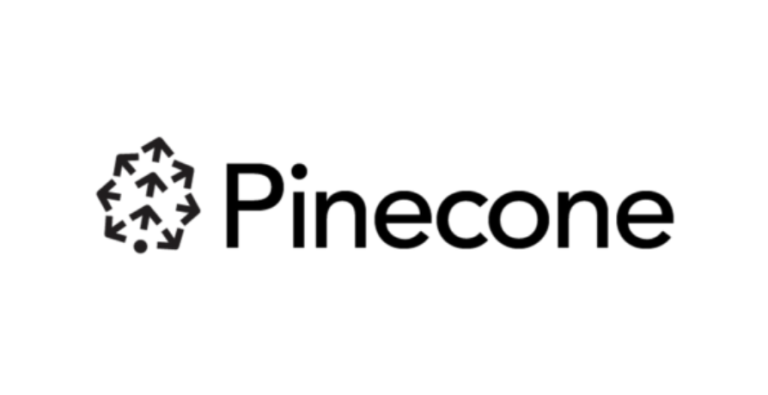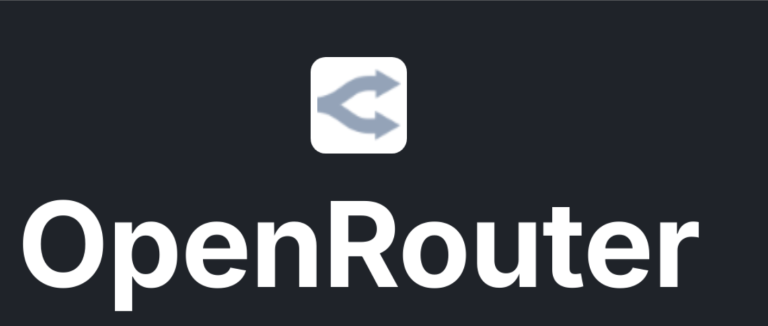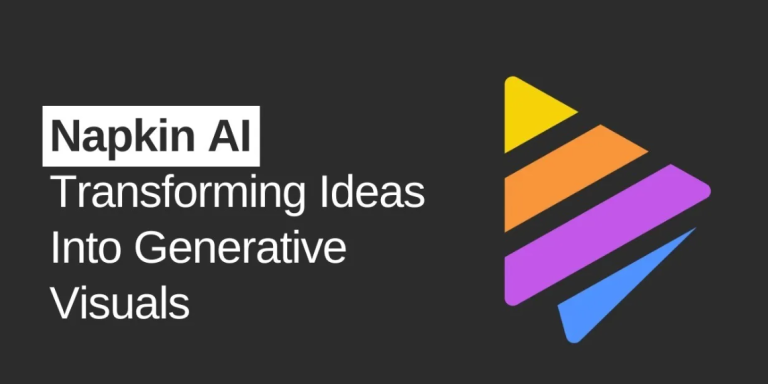Last updated: May 2025
Introduction
AI image generation has undergone remarkable advancements, with the latest models delivering photorealistic quality, precise prompt adherence, and enhanced creative control. The leading platforms now offer specialized features including superior human anatomy rendering, consistent character generation, and advanced composition capabilities. Our 2025 ranking evaluates the most powerful AI image creation tools available, assessing their performance across various artistic styles, technical capabilities, and specialized use cases.
Evaluation Criteria
- Image Quality: Resolution, detail, and realism of generated images
- Prompt Accuracy: Faithfulness to text descriptions and creative direction
- Artistic Range: Variety of styles and aesthetics available
- Human Anatomy: Ability to render realistic human figures and faces
- Consistency: Stability across multiple generations and series creation
- Creative Control: Fine-tuning options and parameter customization
- Speed: Generation time for high-quality outputs
- Ease of Use: Interface accessibility and learning curve
- Integration: API access and compatibility with creative workflows
- Commercial Rights: Licensing terms for business use
Top AI Image Creation Tools
1. Midjourney V6 Pro
Strengths:
- Exceptional aesthetic quality and artistic cohesion
- Superior handling of complex compositions
- Remarkable lighting and atmospheric effects
- Excellent creative interpretation of abstract concepts
- Strong artistic style emulation capabilities
Weaknesses:
- Discord-based interface less intuitive for some users
- More limited direct editing capabilities
Pricing:
- Basic: $10/month (200 GPU minutes)
- Standard: $30/month (15 hours of GPU time)
- Pro: $60/month (30 hours of GPU time, priority processing)
- Mega: $120/month (60 hours, maximum priority)
Best For:
- Professional artists and designers seeking artistic excellence
- Creative directors requiring sophisticated visual concepts
- Projects prioritizing aesthetic quality and artistic coherence
2. DALL-E 4 Pro
Strengths:
- Exceptional photorealism and technical accuracy
- Superior prompt adherence and literal interpretation
- Advanced editing and inpainting capabilities
- Excellent handling of text within images
- Intuitive web interface with extensive parameter control
Weaknesses:
- Less distinctive artistic stylization than Midjourney
- Higher cost structure for volume usage
Pricing:
- Free: Limited generations at lower resolution
- Plus: $20/month (400 high-resolution images)
- Pro: $40/month (1000 images, priority access)
- Enterprise: Custom pricing with expanded rights and volume
Best For:
- Commercial photographers and product visualization
- Marketing teams requiring photorealistic imagery
- Users needing precise control over image details
3. Stable Diffusion 4K
Strengths:
- Unmatched customization and fine-tuning options
- Superior open-source ecosystem with community extensions
- Powerful local deployment options for privacy and control
- Excellent model training and fine-tuning capabilities
- No usage limits with self-hosted options
Weaknesses:
- Steeper learning curve for non-technical users
- More hardware requirements for optimal performance
Pricing:
- Open Source: Free (self-hosted)
- DreamStudio: Pay-as-you-go ($10 for ~1000 images)
- Enterprise: Custom solutions with dedicated support
- ComfyUI Suite: Free with premium extensions available
Best For:
- Technical users requiring maximum customization
- Developers building custom imaging solutions
- Organizations with privacy requirements needing on-premise deployment
4. Adobe Firefly Creator
Strengths:
- Superior commercial safety with clear rights management
- Excellent Creative Cloud integration
- Advanced vector output capabilities
- Strong generative fill and image editing features
- Legally indemnified commercial usage
Weaknesses:
- More conservative creative output than some competitors
- Higher cost structure for professional use
Pricing:
- Free: Limited generations with watermarks
- Starter: $9.99/month (100 credits)
- Professional: $19.99/month (500 credits)
- Enterprise: Part of Adobe Creative Cloud enterprise plans
Best For:
- Creative professionals in corporate environments
- Adobe Creative Cloud users seeking integrated workflow
- Commercial projects requiring legal indemnification
5. Imagen 3 by Google
Strengths:
- Exceptional text rendering and typography
- Superior factual accuracy and knowledge-based imagery
- Advanced multi-subject composition handling
- Excellent product visualization capabilities
- Strong safety filters and content policies
Weaknesses:
- More limited creative experimentation
- Less flexible styling options
Pricing:
- Google Workspace: $10/user/month (basic access)
- Vertex AI: Usage-based pricing for API access
- Enterprise: Custom pricing with advanced features
- Consumer access through Google services
Best For:
- Enterprise marketing teams requiring brand safety
- Google Cloud customers seeking integrated solutions
- E-commerce and product visualization needs
Specialized Capabilities Comparison
| Capability | Top Performer | Runner-Up | Description |
|---|---|---|---|
| Photorealism | DALL-E 4 Pro | Imagen 3 | Ability to create images indistinguishable from professional photography |
| Artistic Stylization | Midjourney V6 Pro | Stable Diffusion 4K | Capability to emulate distinct artistic styles and aesthetics |
| Human Anatomy | DALL-E 4 Pro | Midjourney V6 Pro | Accurate rendering of human figures, faces, and hands |
| Text Rendering | Imagen 3 | DALL-E 4 Pro | Accurate text incorporation within generated images |
| Consistency | Adobe Firefly Creator | Midjourney V6 Pro | Maintaining consistent characters/elements across multiple images |
| Fine Control | Stable Diffusion 4K | DALL-E 4 Pro | Granular control over image elements and composition |
| Commercial Safety | Adobe Firefly Creator | Imagen 3 | Legal protection and rights clearance for commercial use |
Advanced Features in 2025
Character Consistency Systems
The latest generation of AI image tools can maintain consistent characters across multiple generations. Midjourney and DALL-E 4 Pro offer persistent character systems that preserve specific identities, while Adobe Firefly includes Character Creator modules that save attributes for reuse.
Multi-View Generation
Advanced models can now generate multiple consistent perspectives of the same scene or object. DALL-E 4 Pro’s “View Series” and Stable Diffusion’s “MultiAngle” extensions allow users to create front, side, top, and other views with remarkable consistency.
Prompt Libraries and Templates
Professional tools now include sophisticated prompt management systems. Adobe Firefly offers corporate prompt libraries that ensure brand consistency, while Midjourney’s prompt architecture allows for modular prompt construction.
3D Asset Generation
Several platforms now extend beyond 2D generation. DALL-E 4 Pro and Stable Diffusion 4K include 3D model generation capabilities, producing meshes and textures that can be exported to standard 3D formats.
Commercial Usage Rights
Understanding the commercial usage rights for AI-generated images is critical for professional applications:
Full Commercial Rights
Adobe Firefly Creator: Offers commercial indemnification and explicitly trained on licensed content.
Imagen 3: Includes commercial usage rights for business customers with clear terms.
Limited Commercial Rights
Midjourney: Grants usage rights but without indemnification against copyright claims.
DALL-E 4 Pro: Allows commercial use with limitations on certain content types and scale.
Custom Model Training
Stable Diffusion: Allows training custom models on your own data for proprietary use cases with full rights to outputs.
Workflow Integration
Modern AI image tools integrate into existing creative workflows:
- Design Software: Adobe Firefly (Photoshop, Illustrator), Stable Diffusion (Blender, Krita plugins)
- Collaboration Platforms: Midjourney (Discord), DALL-E 4 (Microsoft Teams, Slack)
- Asset Management: Adobe Firefly (Creative Cloud Libraries), Imagen (Google Drive integration)
- Development: All top 5 tools offer API access with varying capabilities and documentation
Key Industry Applications
Advertising and Marketing
Leading Tools: Adobe Firefly Creator, DALL-E 4 Pro
Key Features: Brand consistency controls, commercial safety, high-resolution outputs for print media
Game Development
Leading Tools: Stable Diffusion 4K, Midjourney V6 Pro
Key Features: Style consistency, character design, environment concept art, texture generation
Publishing and Editorial
Leading Tools: Imagen 3, DALL-E 4 Pro
Key Features: Factual accuracy, text handling, realistic scenarios, editorial guidelines compliance
UI/UX Design
Leading Tools: Adobe Firefly Creator, Midjourney V6 Pro
Key Features: Interface component generation, consistent styling, vector outputs, component libraries
Conclusion
AI image generation has matured tremendously by 2025, offering professional-grade solutions for nearly every creative scenario. The leading tools have overcome many early limitations, particularly in areas like human anatomy, text rendering, and composition. When selecting an AI image creation tool, consider your specific use cases, required level of control, integration needs, and commercial usage requirements. For artistic excellence, Midjourney V6 Pro remains the frontrunner, while DALL-E 4 Pro excels in photorealism and technical accuracy. For maximum customization, Stable Diffusion 4K offers unparalleled flexibility, while Adobe Firefly Creator provides the safest path for commercial applications.
FAQs
Q: Can AI-generated images be detected or watermarked?
A: By 2025, AI image detection and watermarking have evolved substantially. Most commercial platforms now embed both visible and invisible watermarking as standard practice. These include: 1) Digital C2PA credentials that travel with images documenting their AI origin; 2) Perceptual hashing systems that can identify AI-generated content even after editing; 3) Invisible frequency-domain watermarks that persist through most transformations; and 4) Blockchain verification systems for establishing provenance. However, detection technology remains in an arms race with circumvention techniques. The most sophisticated systems like Adobe Firefly and Google’s Imagen 3 implement what’s called “detection-resistant watermarking,” which embeds signals at multiple levels of the image data to maximize persistence. Many jurisdictions now require disclosure when AI imagery is used in commercial or political contexts, and stock photo sites have implemented automated scanning for undisclosed AI content. For maximum transparency, platforms like DALL-E 4 Pro offer optional visible watermarks and metadata embedding that clearly identifies AI-generated content.
Q: How do I create the most effective prompts for AI image generation?
A: Creating effective prompts for AI image generation in 2025 requires understanding platform-specific optimization strategies: 1) Structure – organize prompts with subject, composition, styling, and technical parameters clearly delineated (e.g., using semantic delimiters); 2) Detail prioritization – begin with core elements and add modifiers in order of importance as most systems weight earlier phrases more heavily; 3) Visual reference linkage – all major platforms now support reference images to guide style, composition or subject characteristics; 4) Negative prompting – specify what to exclude, particularly for problematic elements like anatomical issues; 5) Parameter leveraging – utilize platform-specific controls like Midjourney’s aspect ratio, stylize, and chaos parameters or Stable Diffusion’s guidance scale and sampling methods. Each system has also developed specialized syntax: Midjourney responds well to artistic terminology and compositional descriptions; DALL-E 4 Pro excels with technical and literal descriptions; Stable Diffusion benefits from parameter tuning and extension-specific syntax; Adobe Firefly performs best with structured descriptive language and clear subject identification. Advanced users increasingly employ modular prompt systems and prompt libraries tailored to specific image types and styles.
Q: What ethical considerations should guide AI image creation?
A: Ethical AI image creation in 2025 involves several key considerations: 1) Attribution and inspiration – when building on specific artists’ styles, provide credit and consider compensatory practices as formalized in platforms like Midjourney’s artist partnership program; 2) Consent awareness – avoid generating recognizable likenesses of real individuals without permission, with special sensitivity around public figures and non-consenting individuals; 3) Cultural representation – be mindful of cultural appropriation and stereotyping, particularly when depicting cultural symbols, traditional attire, or historical events; 4) Misinformation potential – implement safeguards when creating photorealistic imagery of events or scenarios that could be misinterpreted as documentary evidence; 5) Transparency – clearly disclose AI-generated nature when publishing images, following both industry best practices and emerging regulatory requirements; 6) Economic impact consideration – support initiatives that ensure fair compensation for artists and creators whose work contributes to AI development. Most professional platforms now include ethical frameworks in their terms of service, with Adobe Firefly and Google Imagen leading through explicit content guidelines, transparency features, and compensation models for contributing artists. Organizations should develop internal ethical guidelines for AI image usage that address these considerations while remaining adaptable to rapidly evolving social and regulatory standards.
Disclaimer: Rankings are based on market research, user reviews, and expert analysis as of May 2025. Prices and features may have changed since publication.

